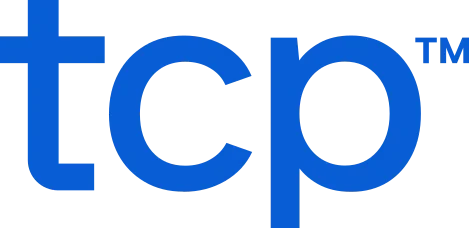This webinar explored staffing and scheduling challenges faced by small to mid-sized healthcare practices, offering strategies to enhance efficiency, reduce burnout, and leverage technology for workforce management.
Smaller healthcare practices struggle with limited resources, making it difficult to offer competitive salaries, benefits, and flexible scheduling. Unlike larger hospitals, they often lack advanced workforce management tools, leading to burnout, turnover, and inefficient workflows.
Improper staffing can jeopardize patient safety, increase medical errors, and prolong wait times. Overworked staff experience higher stress and lower job satisfaction, fueling retention issues. Financially, poor staffing strategies drive up operational costs through overtime, increased readmissions, and administrative inefficiencies. Addressing these issues requires a structured approach that prioritizes workforce stability and efficiency.
Best practices for managing staffing challenges include establishing appropriate staff-to-patient ratios, fostering a supportive work environment, and embedding leadership in care teams. Proactive leadership, hands-on involvement, and modern scheduling systems can improve morale and operational flow. Effective staffing technology allows practices to forecast demand, manage credentials, and automate scheduling, reducing administrative burdens and compliance risks.
Investing in workforce management solutions provides tangible benefits, including improved retention, optimized labor costs, and enhanced patient care. Leadership must advocate for these tools by demonstrating their impact on efficiency, compliance, and long-term sustainability. As healthcare continues to evolve, leveraging technology-driven solutions will be essential for small and mid-sized practices to remain competitive and deliver high-quality care.
